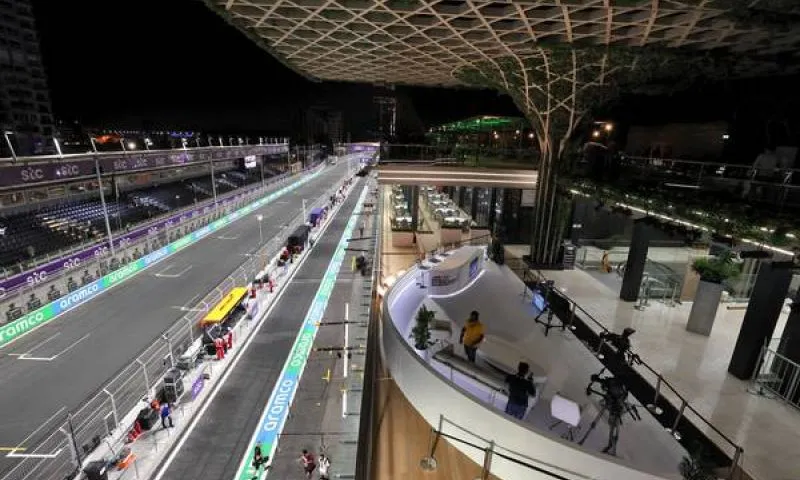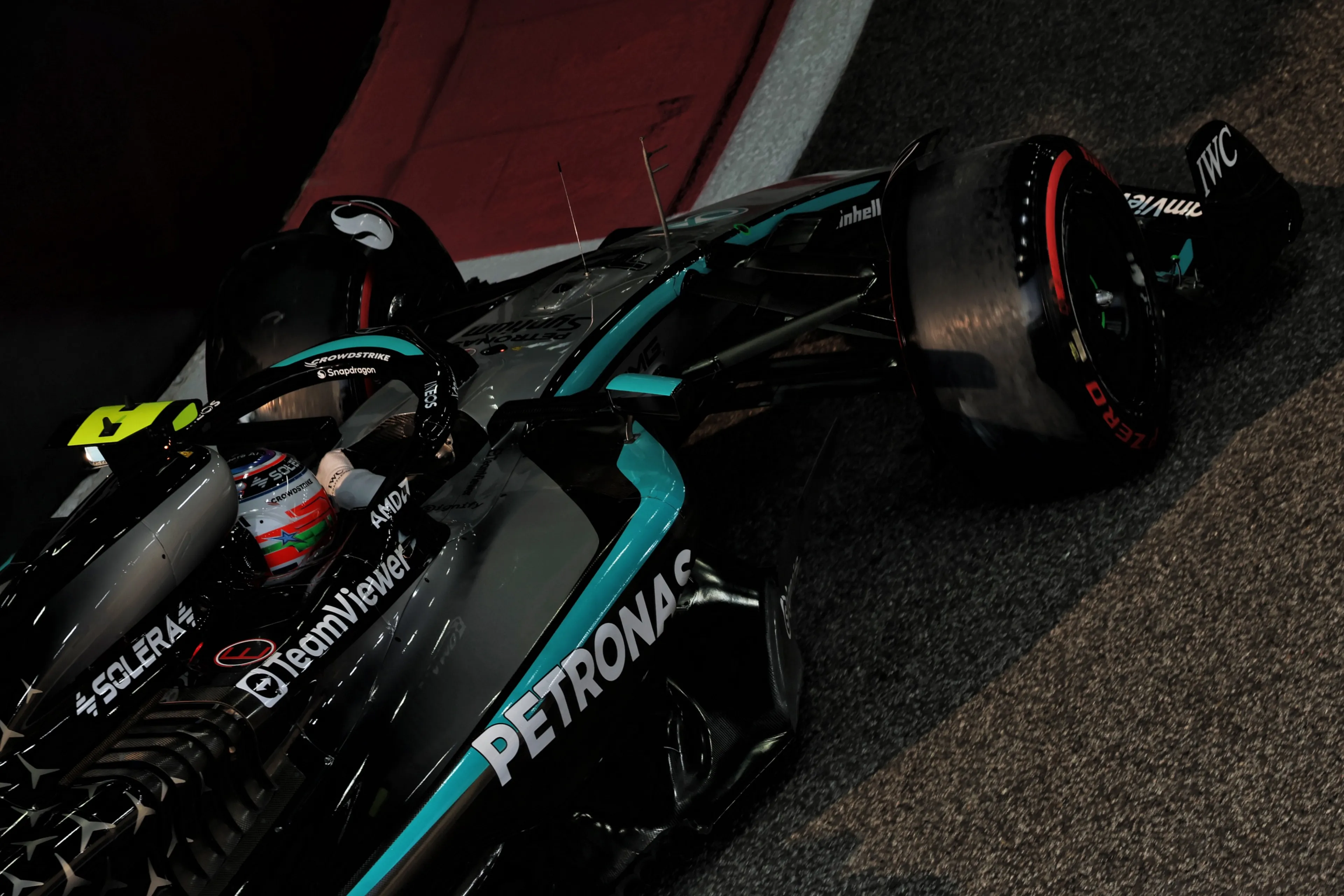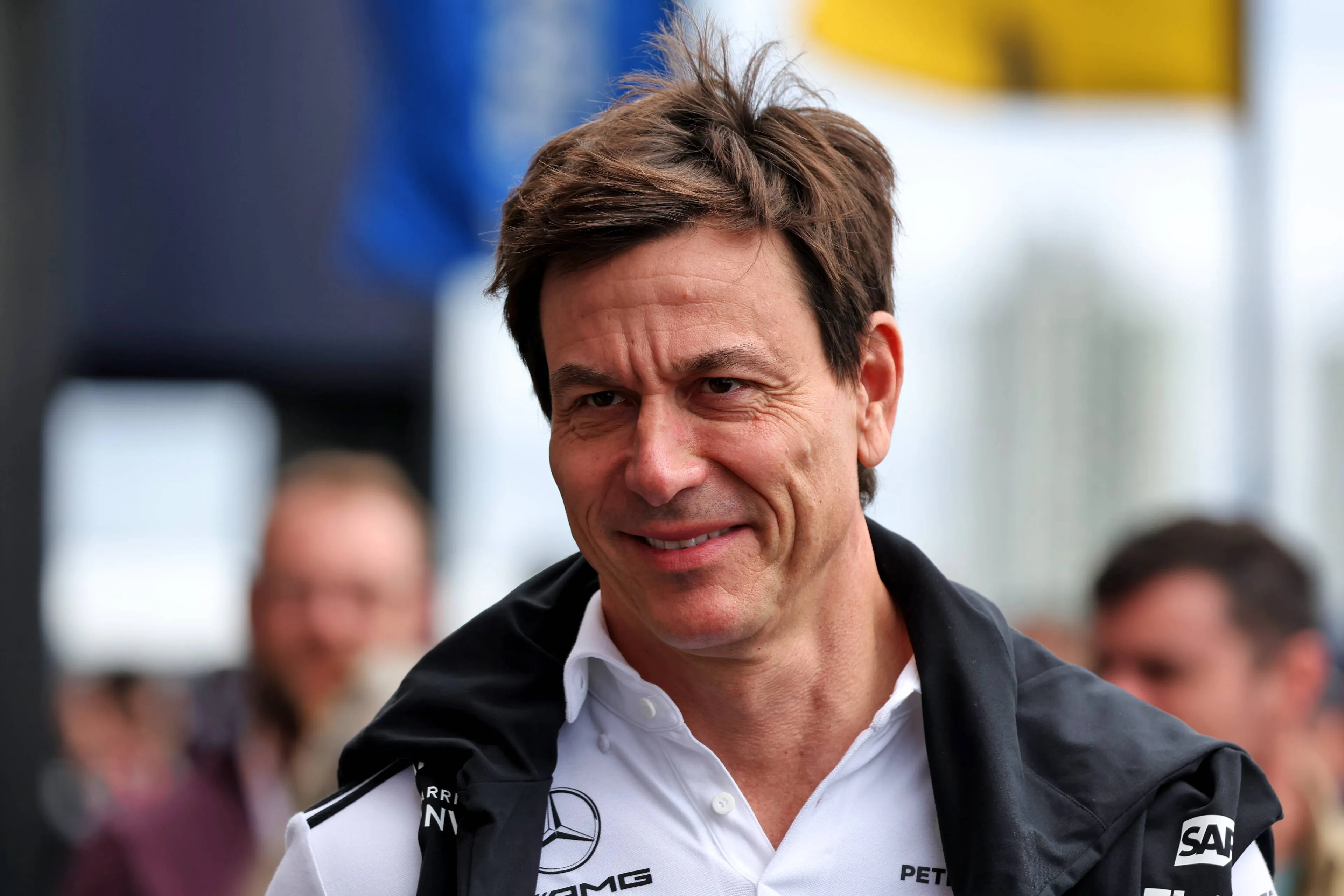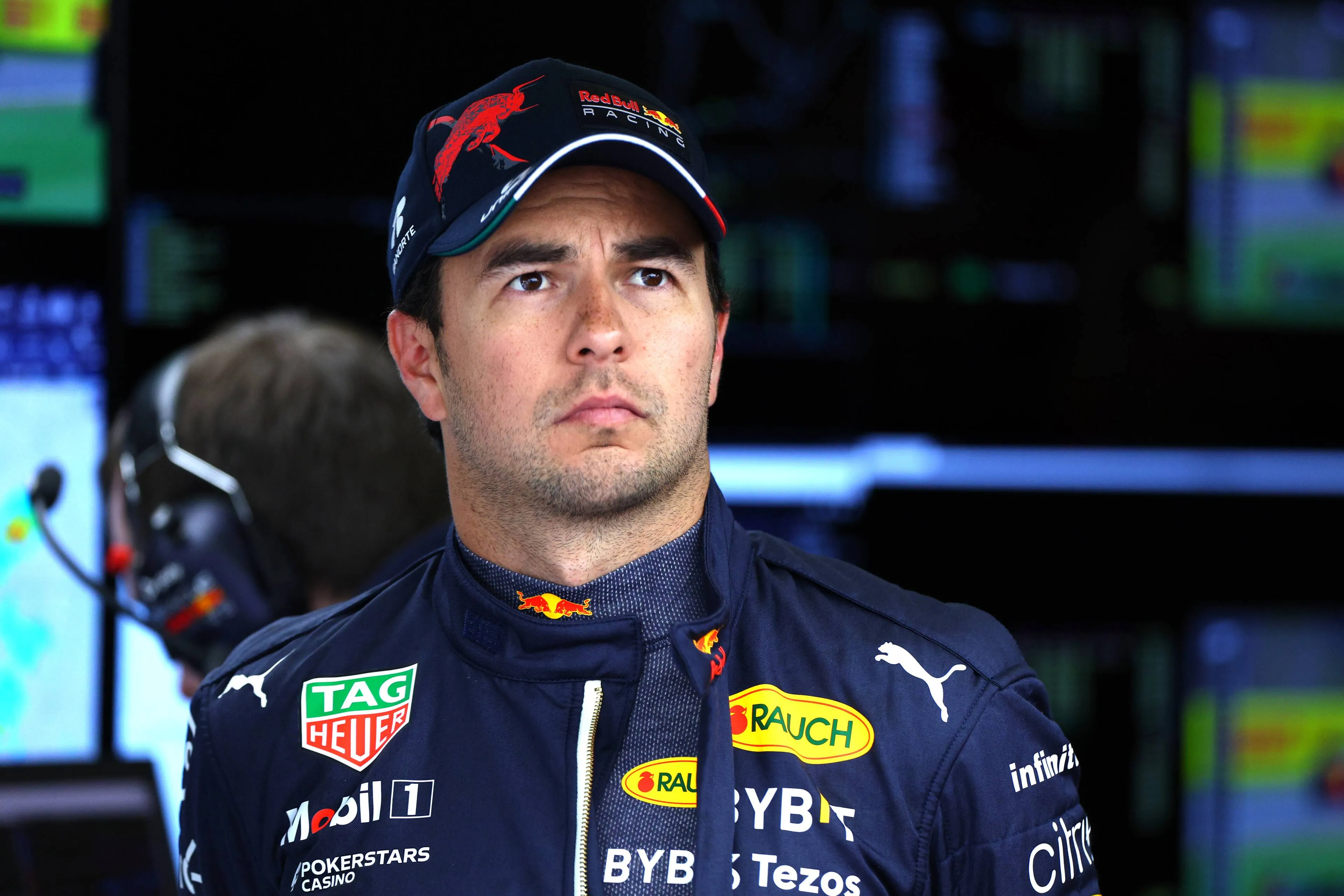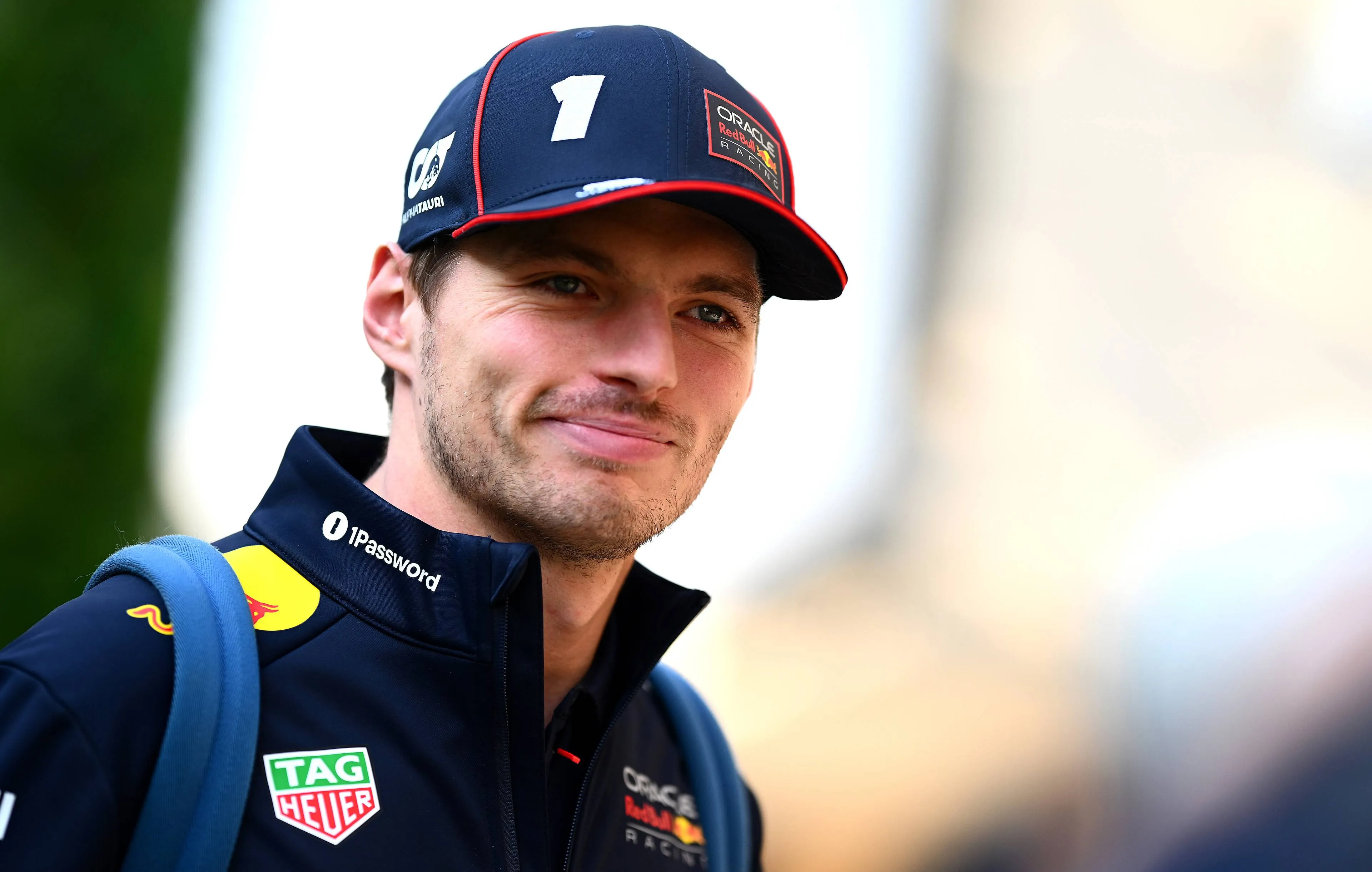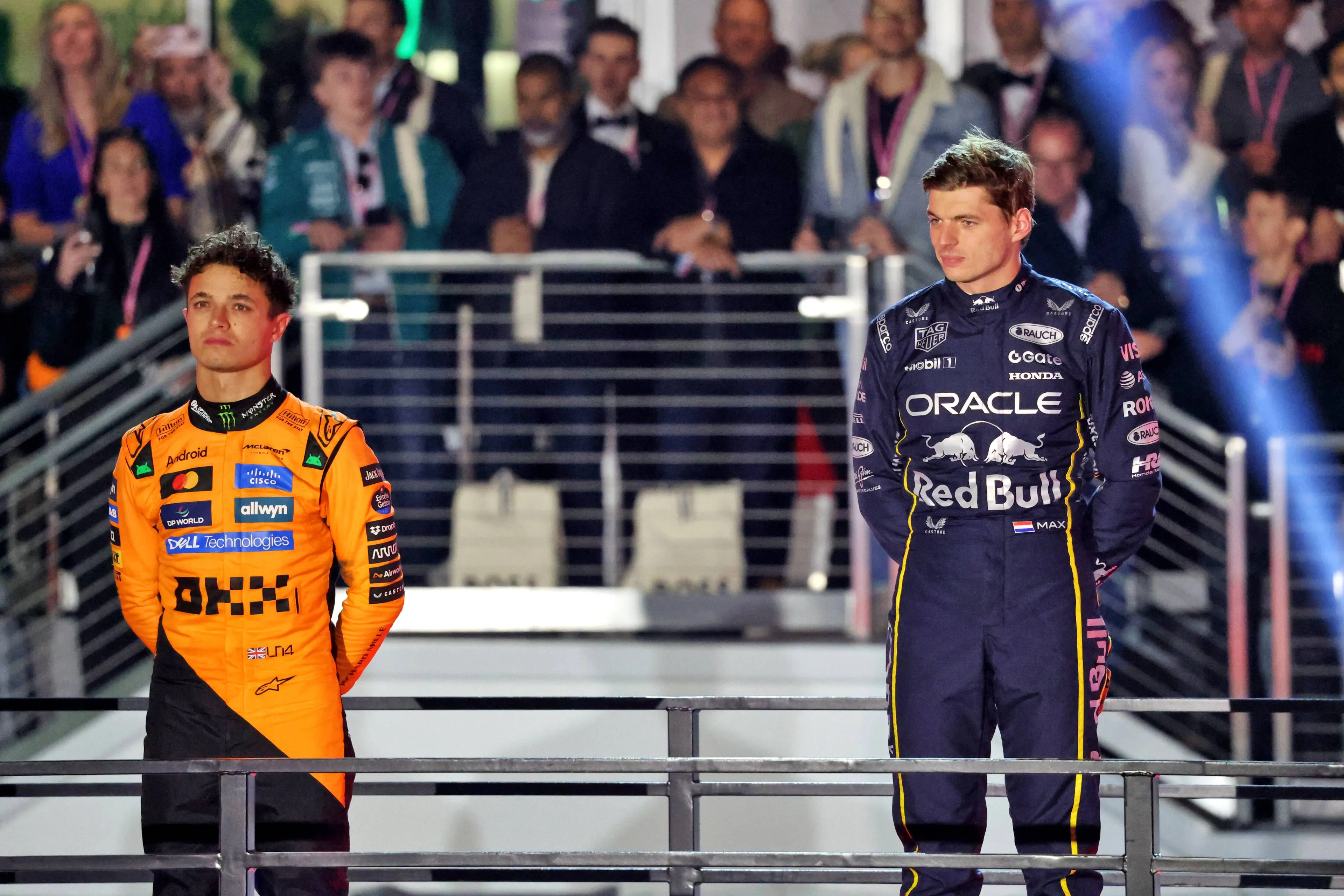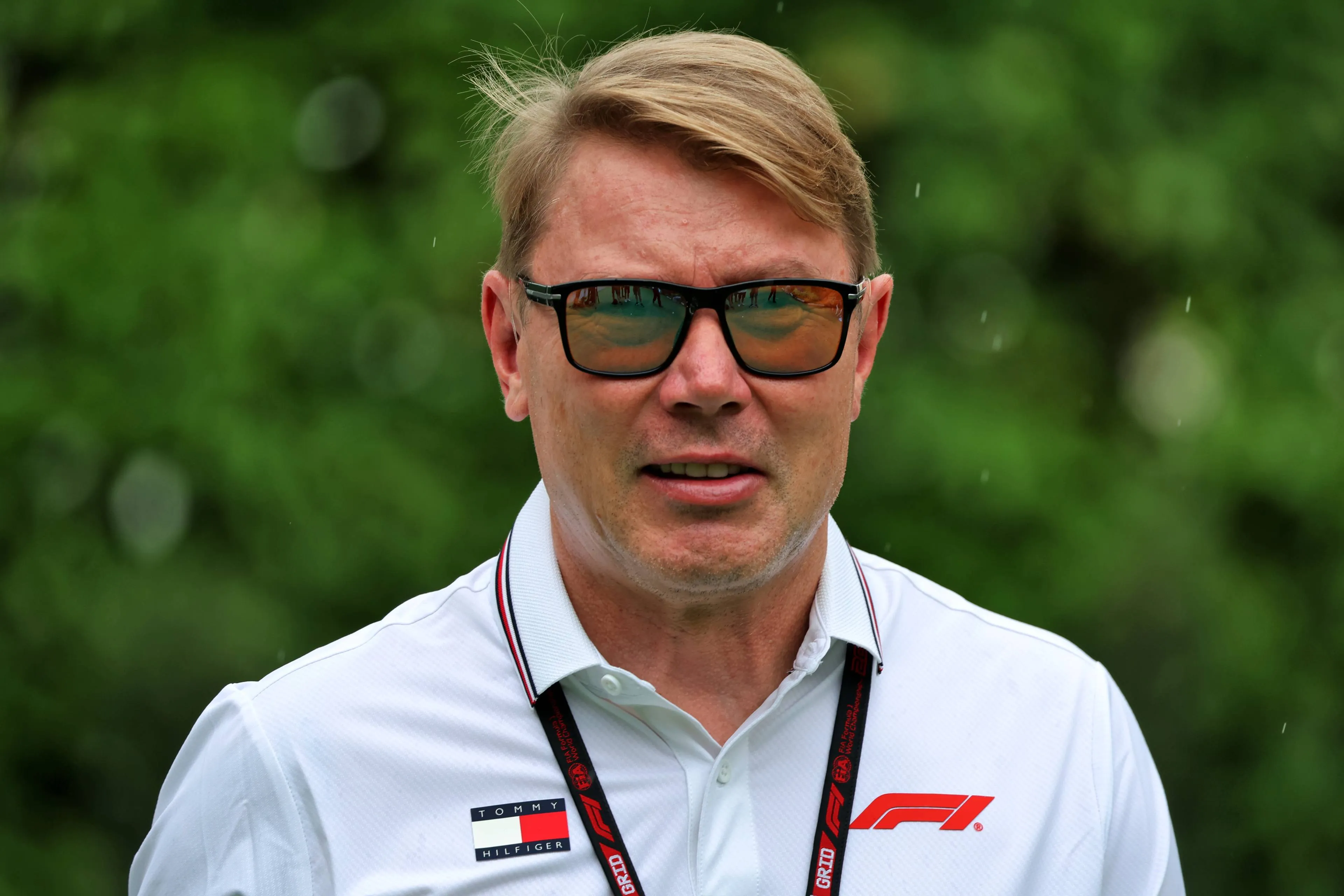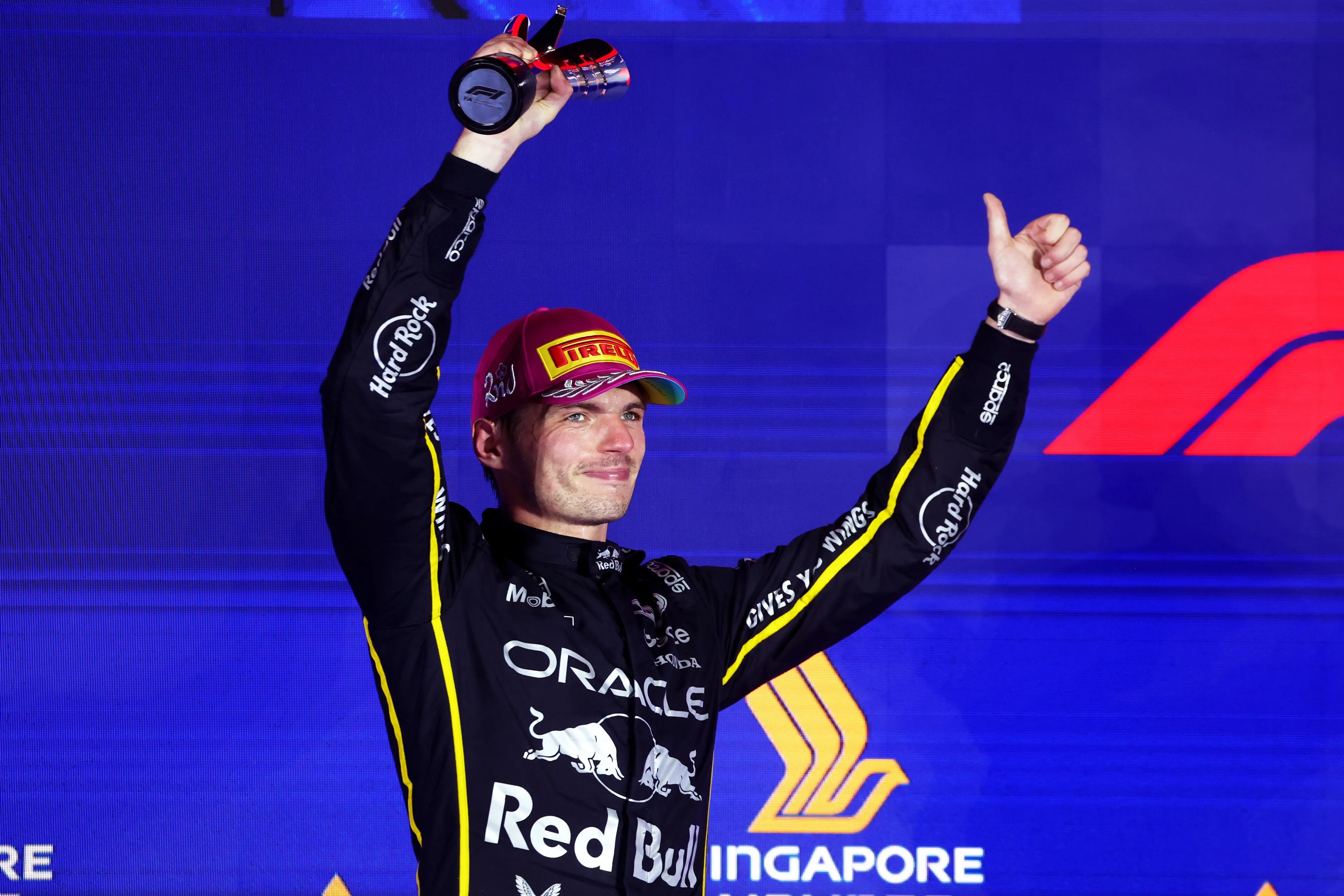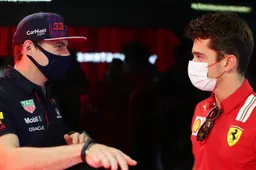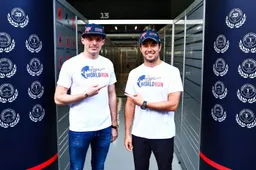F1 returns to the Jeddah Corniche Circuit for round two in the 2022 season. While it has presented a fast and exciting circuit last year, teams and drivers through the paddock expressed their concerns over safety. We take a look at some of the dangers which could very well be present in the Grand Prix.
Tyre degradation
Pirelli has introduced a new, 18-inch wheel tyre for the 2022 season. This change brings forth a unique challenge to all of the teams, as more energy has to be expended in tyre rotation, due to the nature of the large wheels and smaller mass of rubber outside. While teams have had the two winter testing sessions and the Bahrain Grand Prix race weekend to understand them further, they still seem to be surprised as to how sharp the degradation levels are. Teams and drivers were both suggesting a three-stop strategy in the race, which proved how much performance plateaued once the tyres hit the cliff.
With this, one can assume that a similar problem occurs for the Saudi Arabian Grand Prix. With it being a tight and twisty street circuit, the demand for tyre performance will be even higher. As Bahrain’s long straights & hard-braking zones would test the tyres only longitudinally, the medium to high speed and banked corners will test the new wheels laterally. This may cause chaos as teams and drivers are still coming to grips, as the machinery will be pushed to their limits on a still relatively new circuit.
Airflow + porpoising
The older generation of cars certainly did cause their own chaos on tight street circuits. With hundreds of on-body aero elements, designed to maximise airflow, the cars behind would be affected by this disturbed air and lose up to 50% of downforce. This loss would cause a lack of grip and therefore the drivers would compensate by being more conservative on their bold overtaking attempts.
While the new cars are less under the influence of this “dirty air”, as their predecessors were, it's not as if the new cars are without their own flaws. The new generation utilises an old (F1-wise) aerodynamic phenomenon known as the “ground effect”, which uses underbody design to suck the car down towards the circuit. However, a certain point is reached where the downforce is maximised, which actually reduces the amount of air flowing under the car and then negates the ground effect before it returns again. This quick cycle causes a strange result, where cars begin to “bounce”, which has been named porpoising. If cars continue porpoising on the Saudi Arabian track, the fluctuations in grip could cause rather hairy moments as drivers attempt to throw the car into the corners. As such, teams and F1 as a whole will need to figure out quick fixes, to ensure that such terrifying accidents do not occur.
Close combat
A brilliant feature of the new regulations was how the changes lived up to the expectation of allowing closer fights up and down the field. There was hardly a lull in the Grand Prix as drivers battled for positions up and down the circuit, using the easier following ability to their advantage. While Bahrain is a much wider track and can therefore house the side-by-side action better, Saudi Arabia will present an entirely difficult environment. With the circuit design being so tight, drivers face the possibility of losing the car at high speed while attempting to set up or execute an overtaking manoeuvre. While some changes have been made to the circuit, such as barriers being moved back at turns two, three, 14 and 21, there is some concern within the paddock as to whether this will actually benefit the drivers at all. Drivers and teams will need to toe the lines of performance and combat on this new circuit and with the new cars, so as to not put themselves in harm's way at all.
Read more about:
Popular on GPBlog

1
Verstappen makes 2026 switch to Mercedes as Hamilton decides on Ferrari engineer's fate
12450 times read
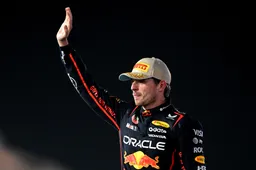
2
Schumacher, Verstappen hailed as two best drivers in F1 history
3136 times read
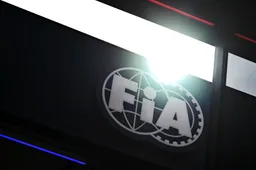
3
FIA's loophole closing attempt paves way for 'unintended' F1 fuel trick
865 times read

4
Ex-Ferrari boss slams team leadership with cheeky comment
639 times read
Loading
